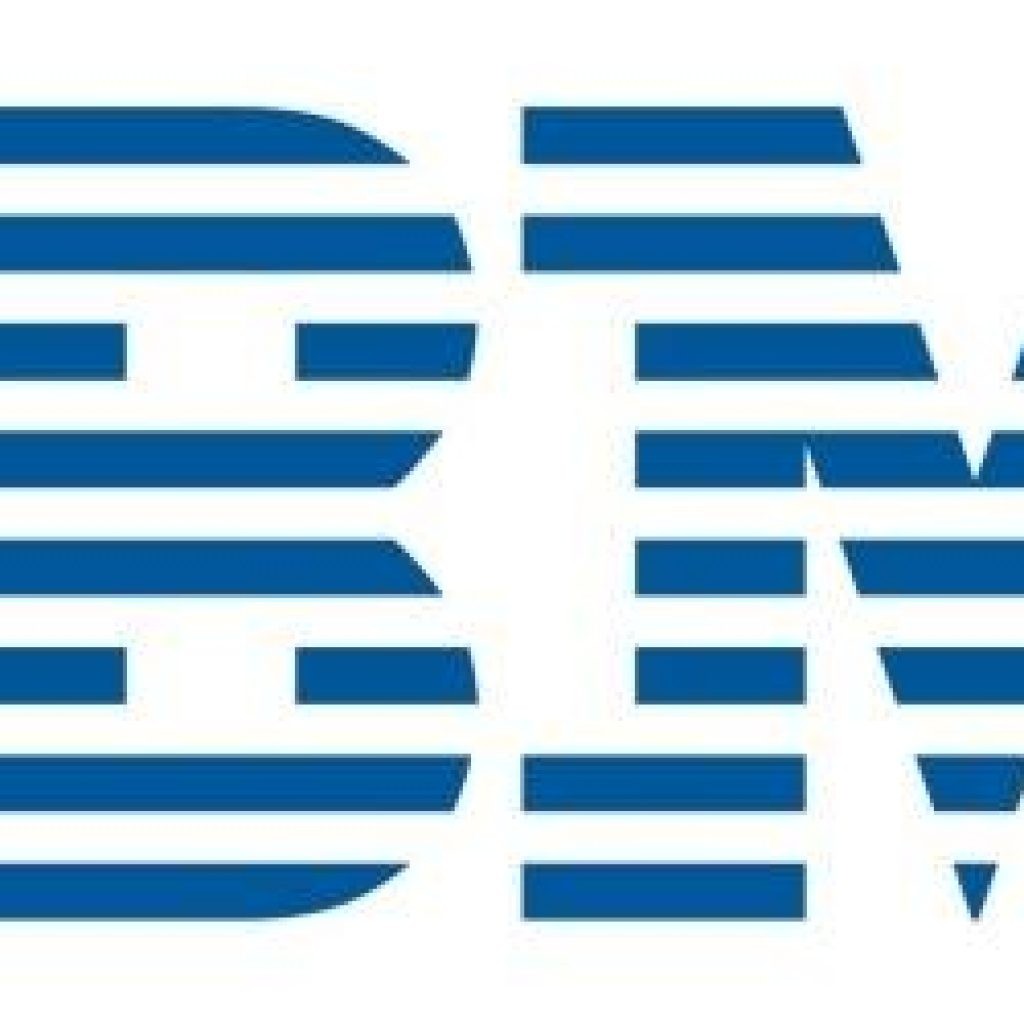(IBM.blog) IBM details its progress over the last year explaining that in order to achieve quantum advantage within the next decade, we will need to at least double the Quantum Volume of our quantum computing systems every year. What better way for IBM to start 2020 than by announcing that it has added our fourth data point, a new 28-qubit backend, Raleigh, to our progress roadmap and achieved a system demonstrating Quantum Volume of 32.
The blog is extensive with numerous illustrations of the progress. It’s worth your a long read and thoughtful review.
The conclusion summarized here:
“To hit our latest Quantum Volume milestone, we combined elements of learning developed along the generational development threads, together with new ideas from research. Last year we demonstrated advances in single-qubit coherence, pushing greater than 10 million quality factor on isolated devices. Through iteration and test, we started to implement similar techniques with our most advanced integration structures in the larger deployment devices.
Raleigh, our newest 28Q backend in the Falcon family, follows the hexagonal lattice structure of the 53-qubit Rochester. Along with some of the upgrades we have been building into the later-generation Penguin devices, it sends us across the QV 32 threshold for the first time. It is one more step on the curve, and an optimistic affirmation that we have a roadmap towards success for all to follow.
Furthermore, we are excited that there is room on top for this to continue. To compare at a qubit metric level with quality factor, we can see how Raleigh stacks up against Penguin backends, as well as our coherence development systems. As you can see with Raleigh, we have improved upon coherence aspects over some early devices, but we also have promising new directions and processes under test that we have just begun to explore on a new development system device.
The evolution of quantum computing by decade:
1990s: fundamental theoretical concepts showed the potential of quantum computing
2000s: experiments with qubits and multi-qubit gates demonstrated quantum computing could be possible
And the decade we just completed, the 2010s: evolution from gates to architectures and cloud access, revealing a path to a real demand for quantum computing systems
The Next Ten Years:
The 2020’s s will be the decade of quantum systems, and the emergence of a real hardware ecosystem that will provide the foundation for improving coherence, gates, stability, cryogenics components, integration, and packaging. Only with a systems development mindset will we as a community see quantum advantage in the 2020s.
